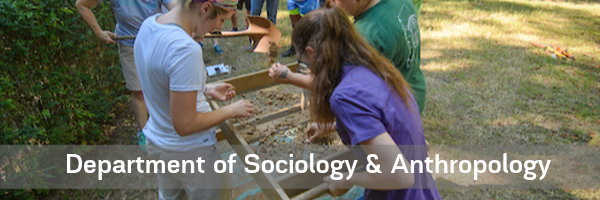
Faculty and Student Publications
Document Type
Article
Publication Date
8-1-2021
Abstract
Maya archaeologists have long been interested in understanding ancient diets because they provide information about broad-scale economic and societal transformations. Though paleodietary studies have primarily relied on stable carbon (δ13C) and nitrogen (δ15N) isotopic analyses of human bone collagen to document the types of food people consumed, stable sulfur (δ34S) isotope analysis can potentially provide valuable data to identify terrestrial, freshwater, or marine/coastal food sources, as well as determine human mobility and migration patterns. Here we assess applications of δ34S for investigating Maya diet and migration through stable isotope analyses of human bone collagen (δ13C, δ15N, and δ34S) from 114 individuals from 12 sites in the Eastern Maya lowlands, temporally spanning from the Late Preclassic (300 BCE—300 CE) through Colonial periods (1520–1800 CE). Results document a diet dominated by maize and other terrestrial resources, consistent with expectations for this inland region. Because δ34S values reflect local geology, our analyses also identified recent migrants to the Eastern lowlands who had non-local δ34S signatures. When combined with other indicators of mobility (e.g., strontium isotopes), sulfur isotopic data provide a powerful tool to investigate movement across a person’s lifespan. This study represents the largest examination of archaeological human δ34S isotope values for the Maya lowlands and provides a foundation for novel insights into both subsistence practices and migration.
Relational Format
journal article
Recommended Citation
Ebert, C. E., Rand, A. J., Green-Mink, K., Hoggarth, J. A., Freiwald, C., Awe, J. J., Trask, W. R., Yaeger, J., Brown, M. K., Helmke, C., Guerra, R. A., Danforth, M., & Kennett, D. J. (2021). Sulfur isotopes as a proxy for human diet and mobility from the preclassic through colonial periods in the Eastern Maya lowlands. PLOS ONE, 16(8), e0254992. https://doi.org/10.1371/journal.pone.0254992
DOI
10.1371/journal.pone.0254992
Accessibility Status
Searchable text

